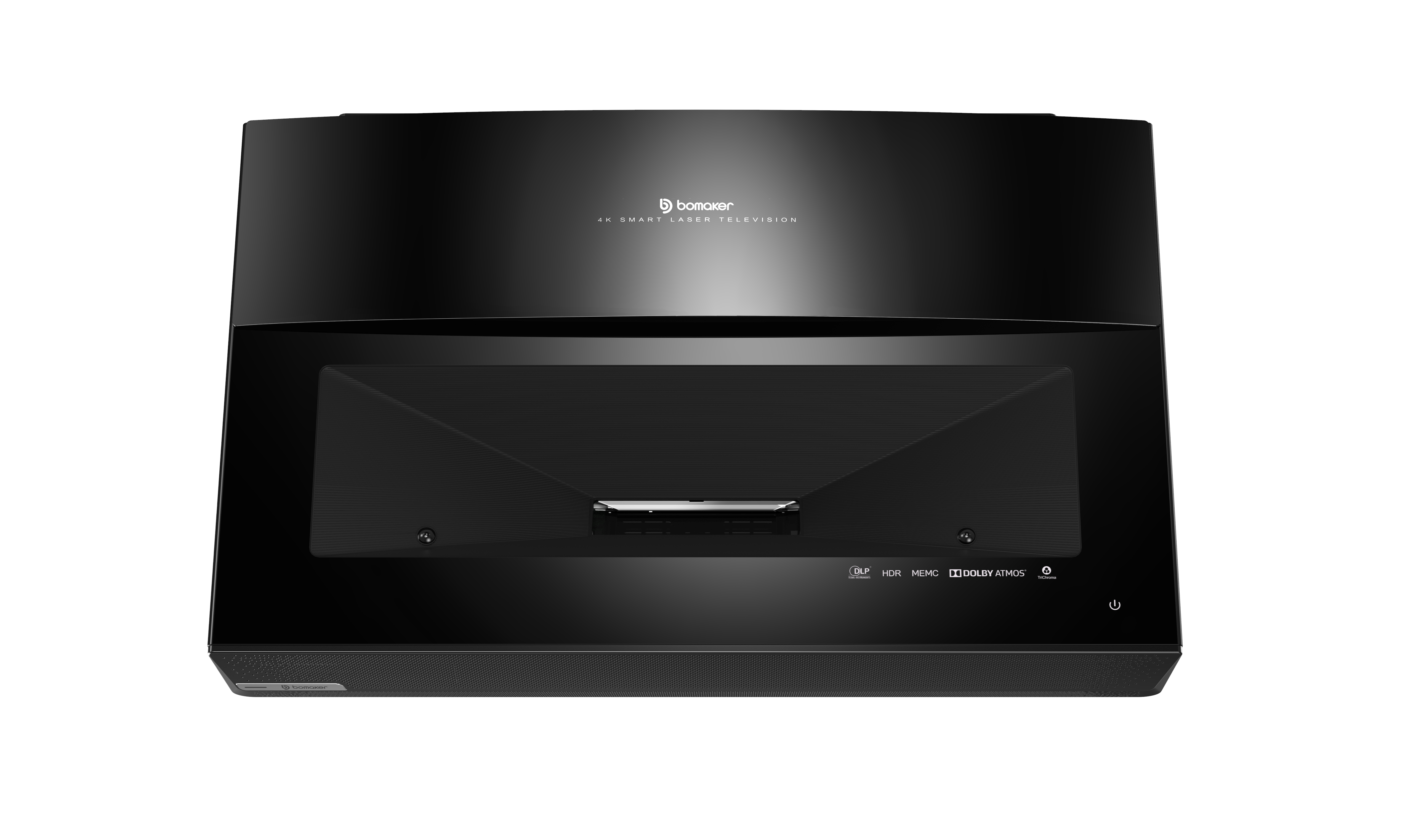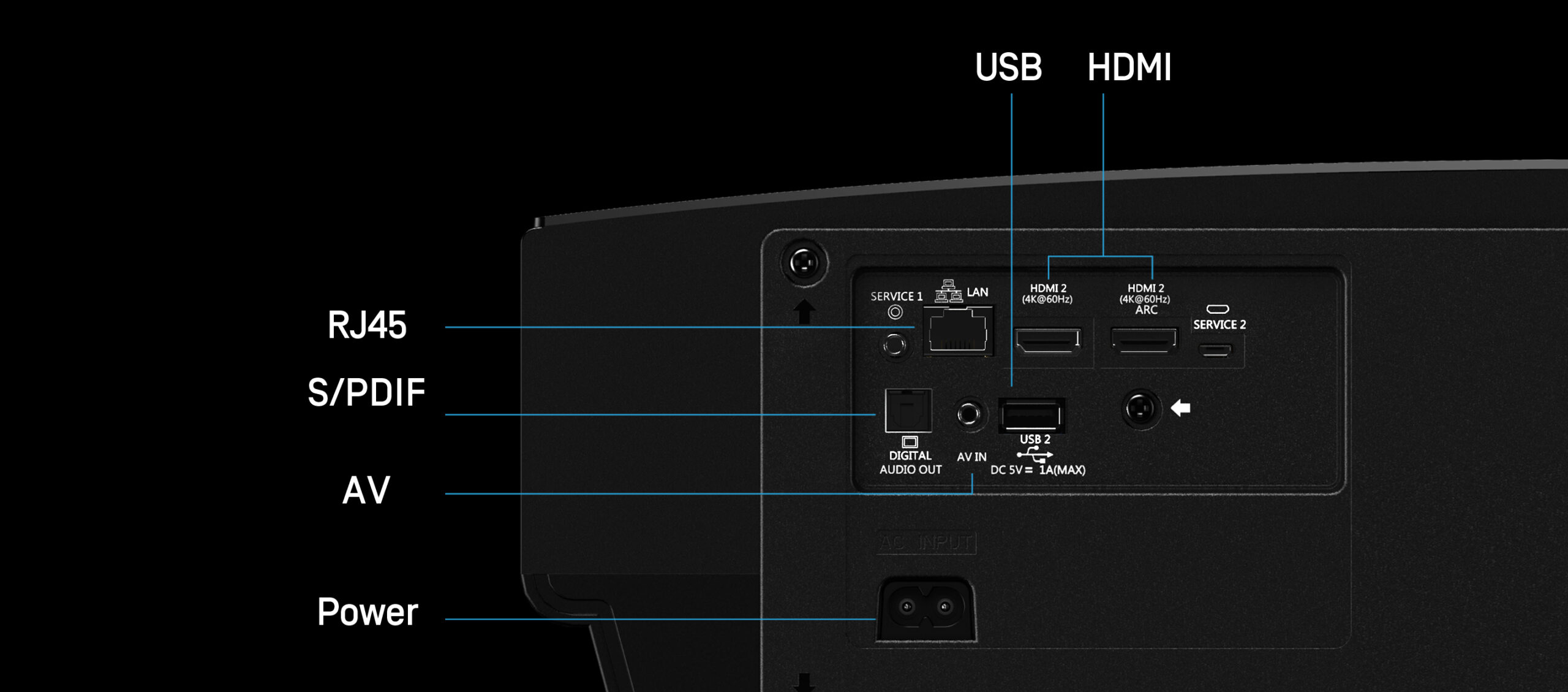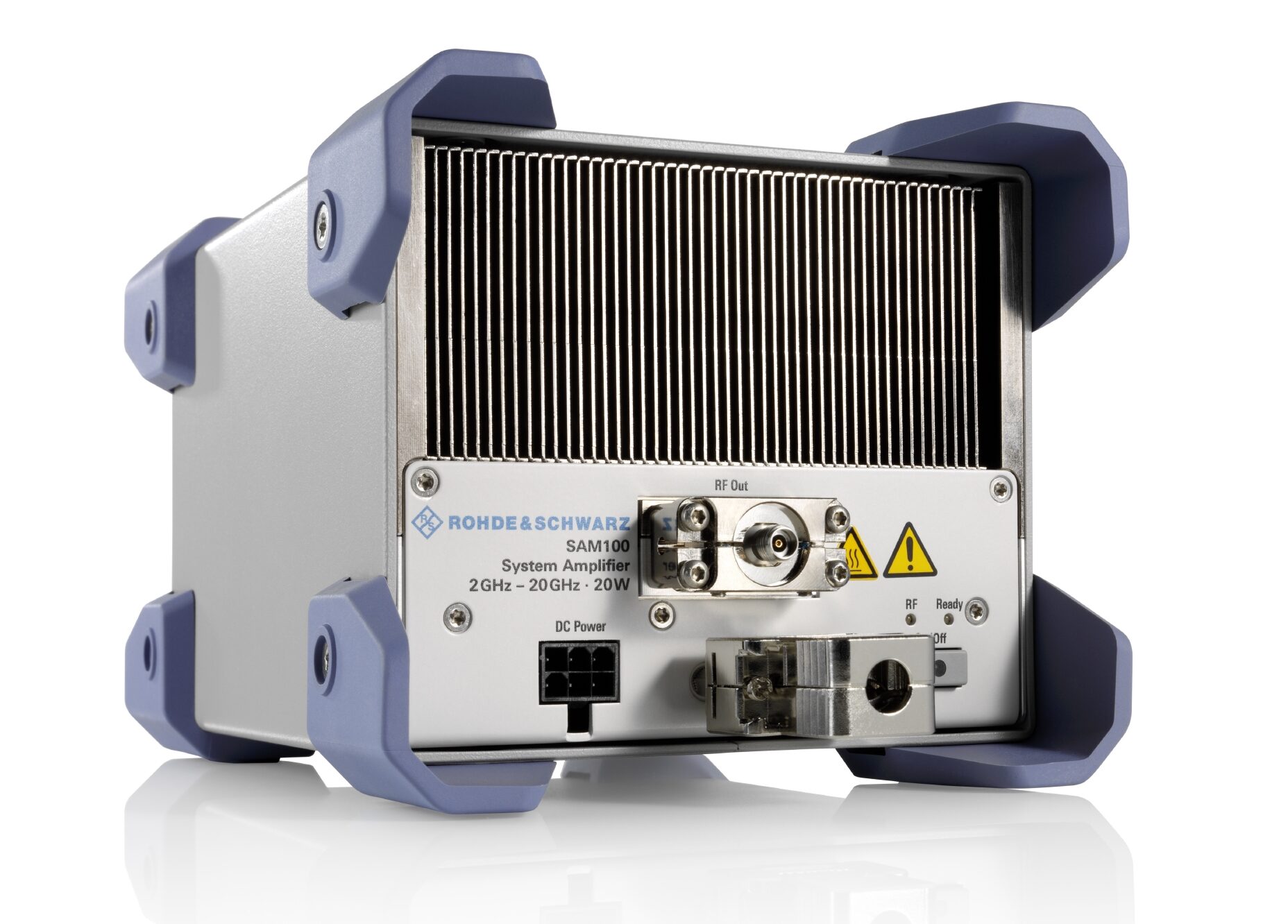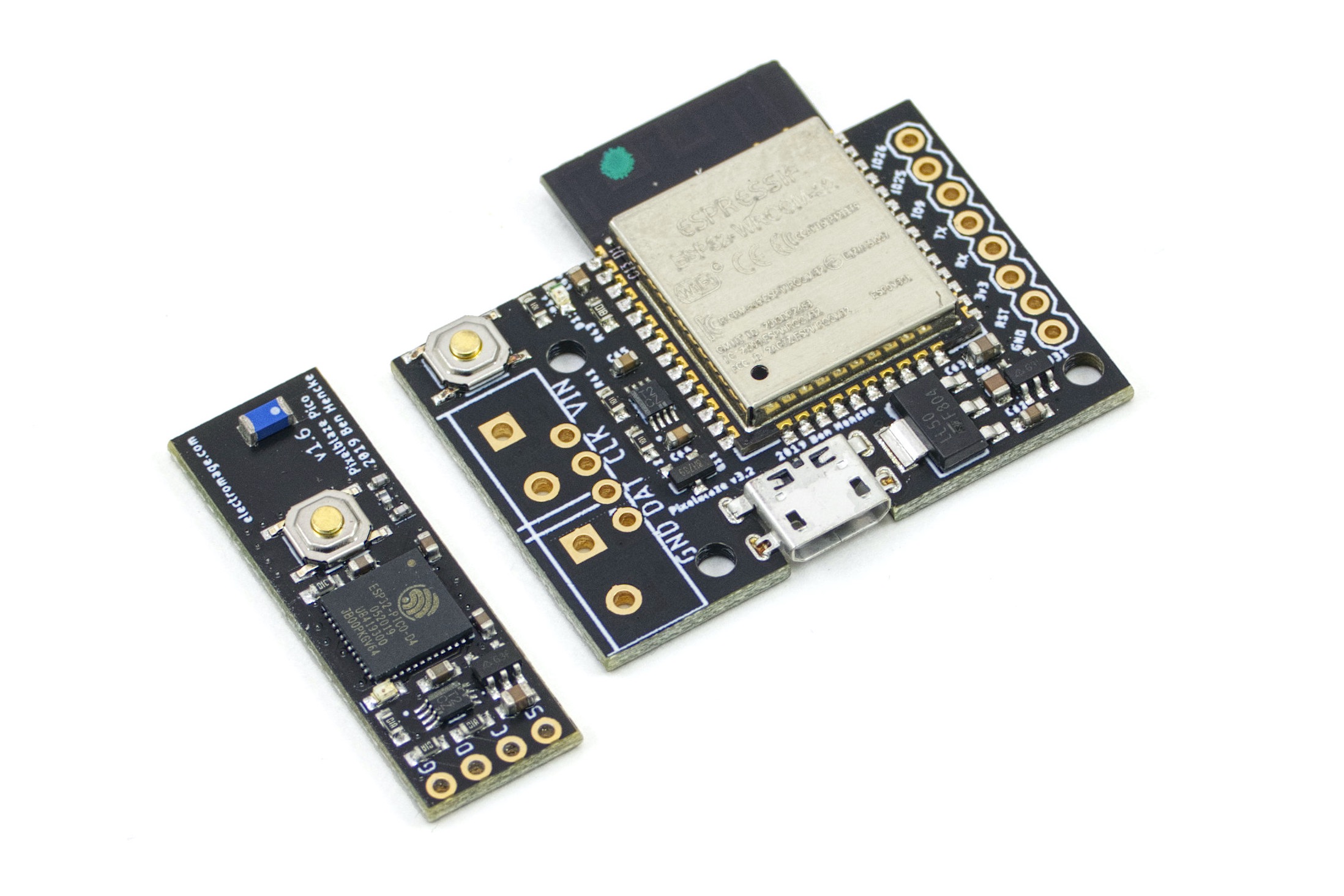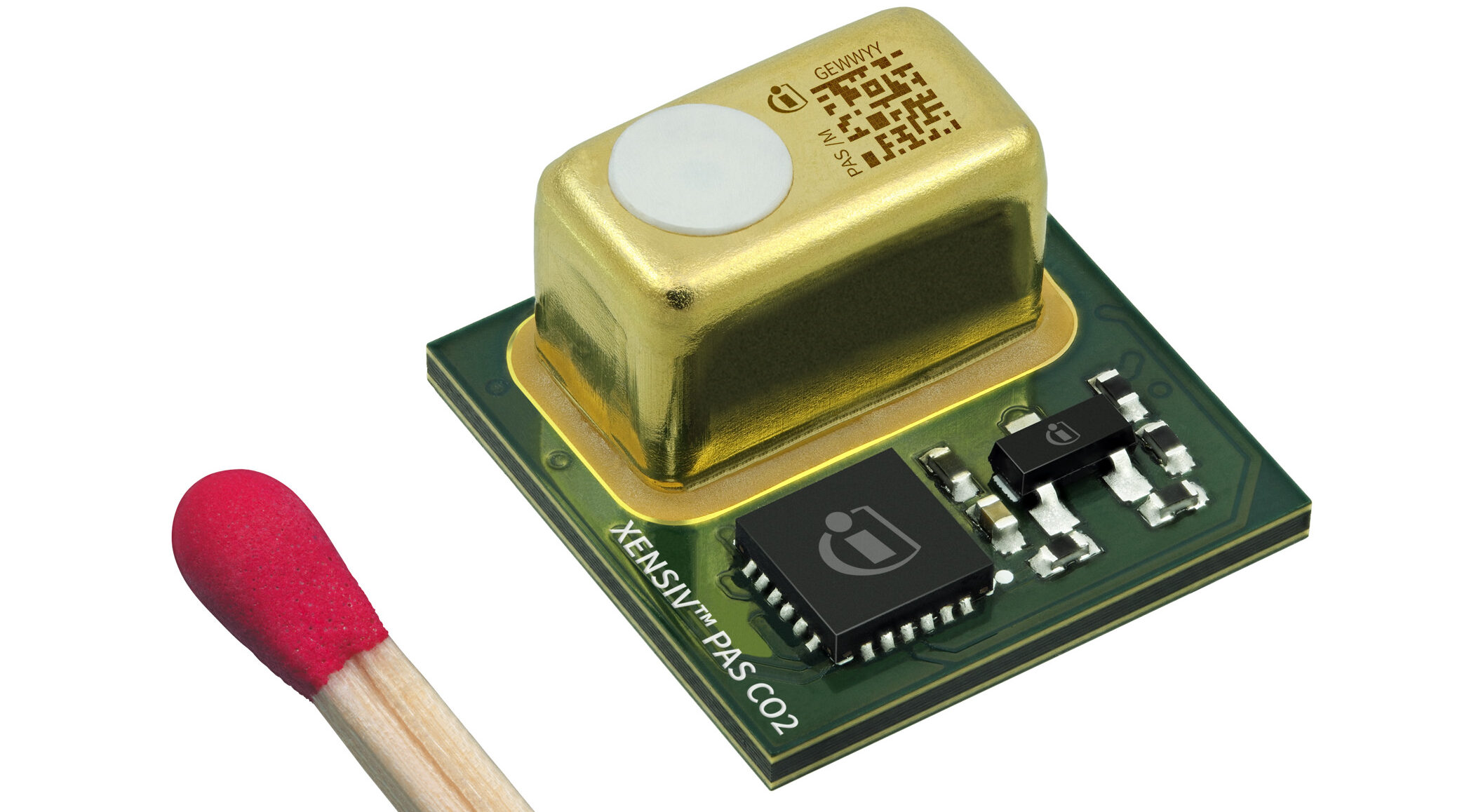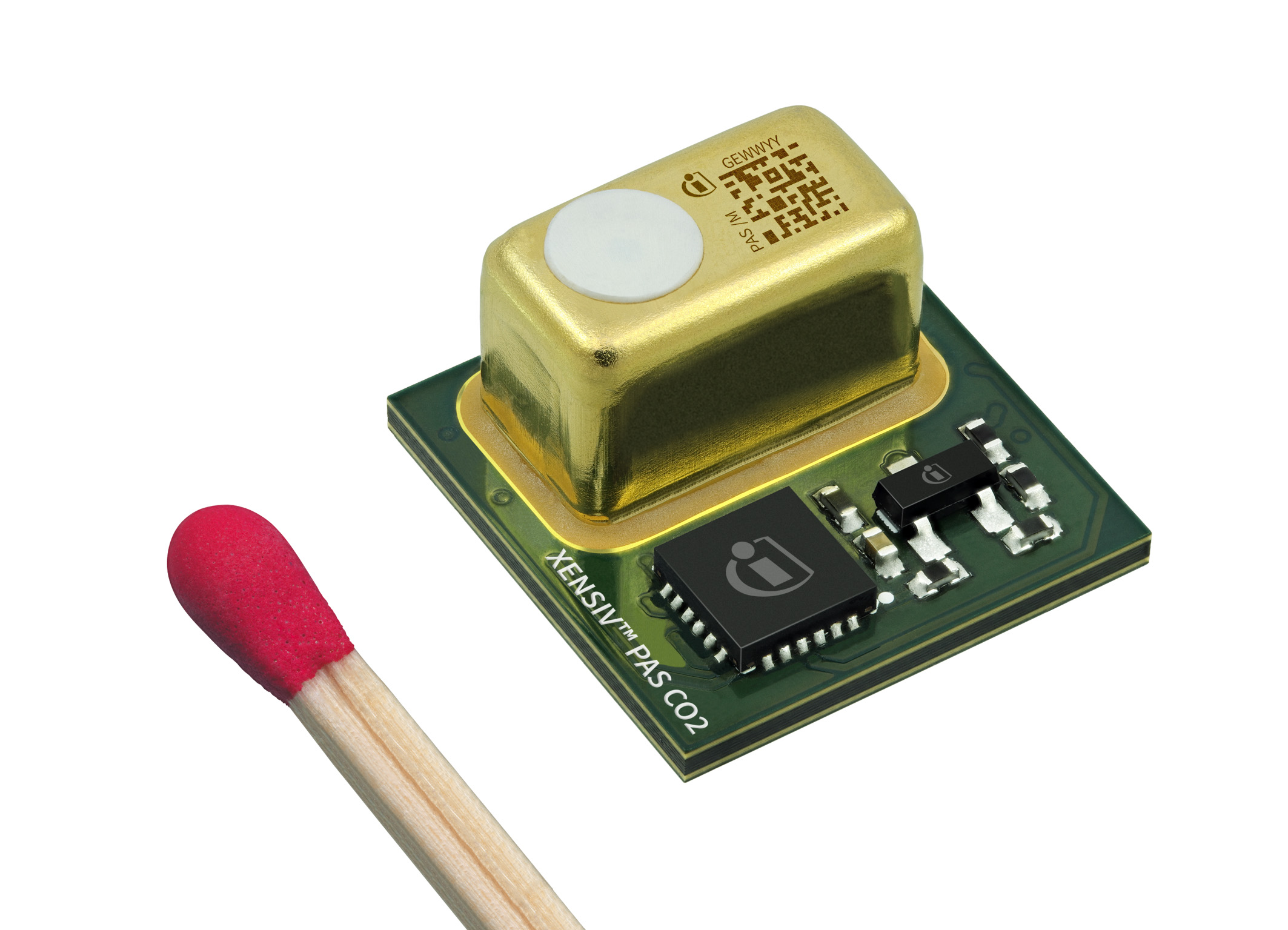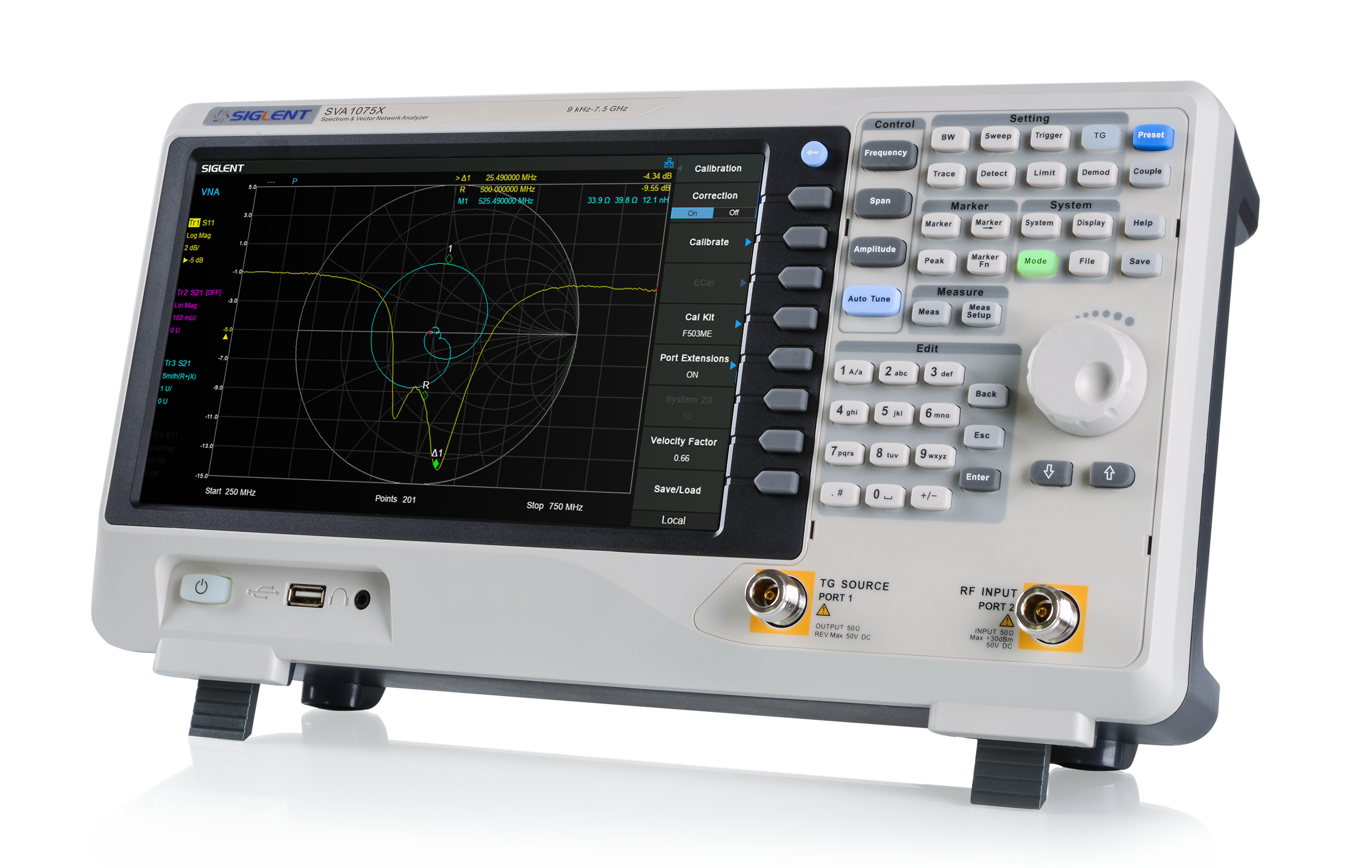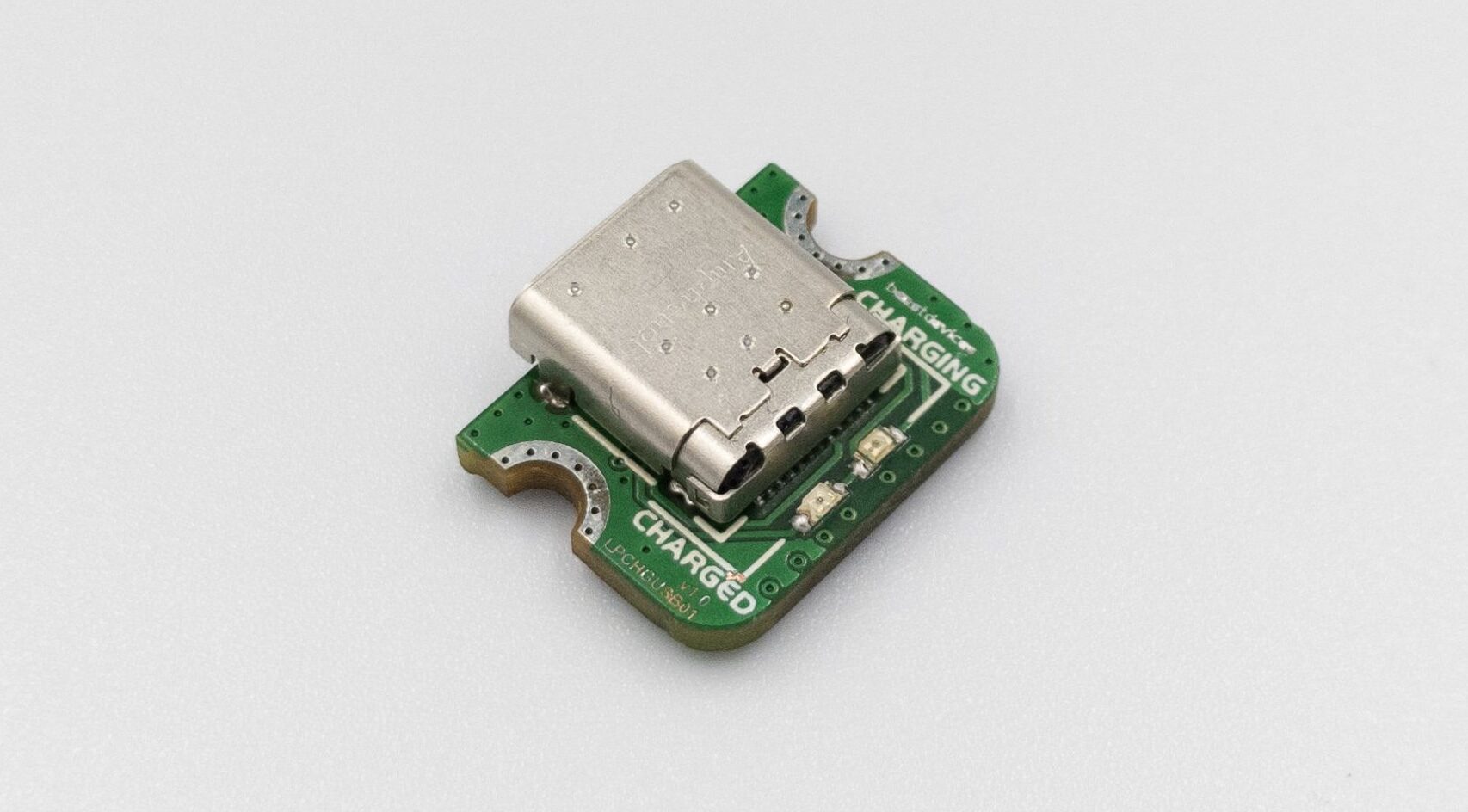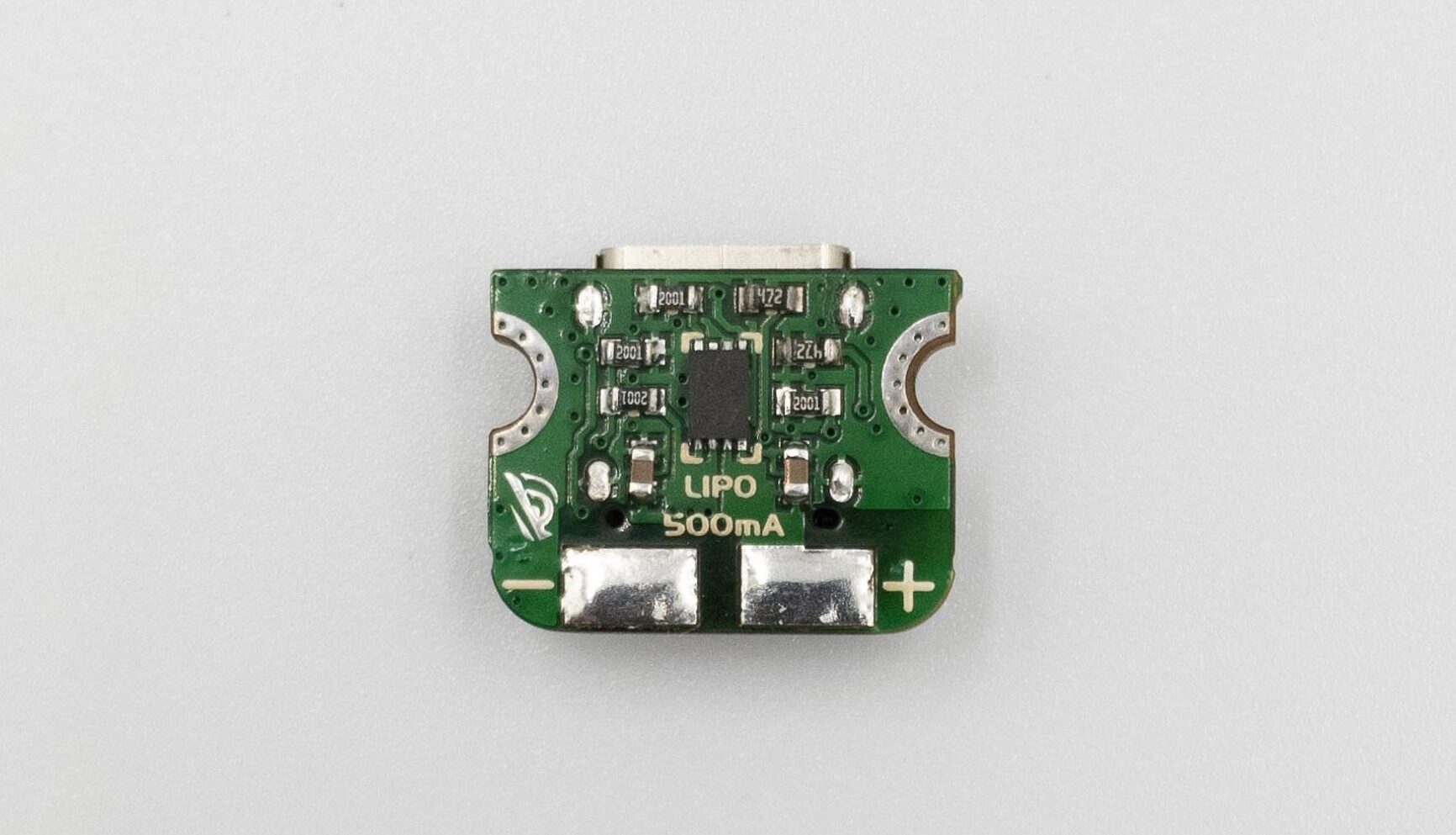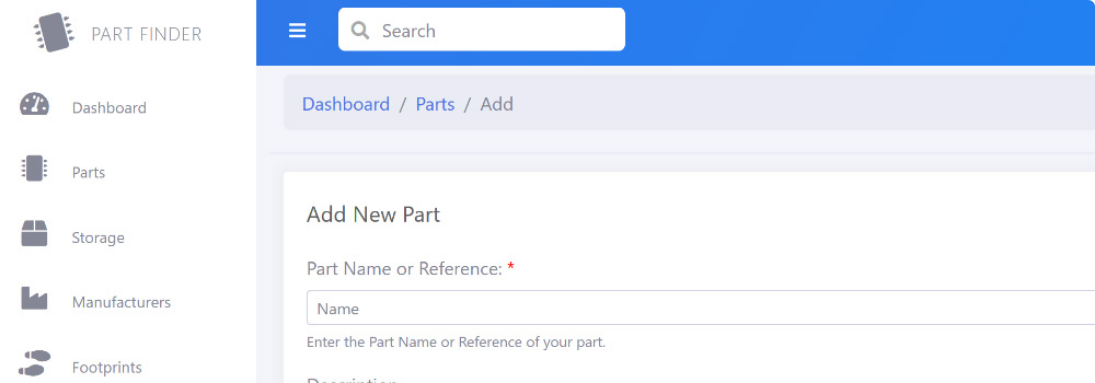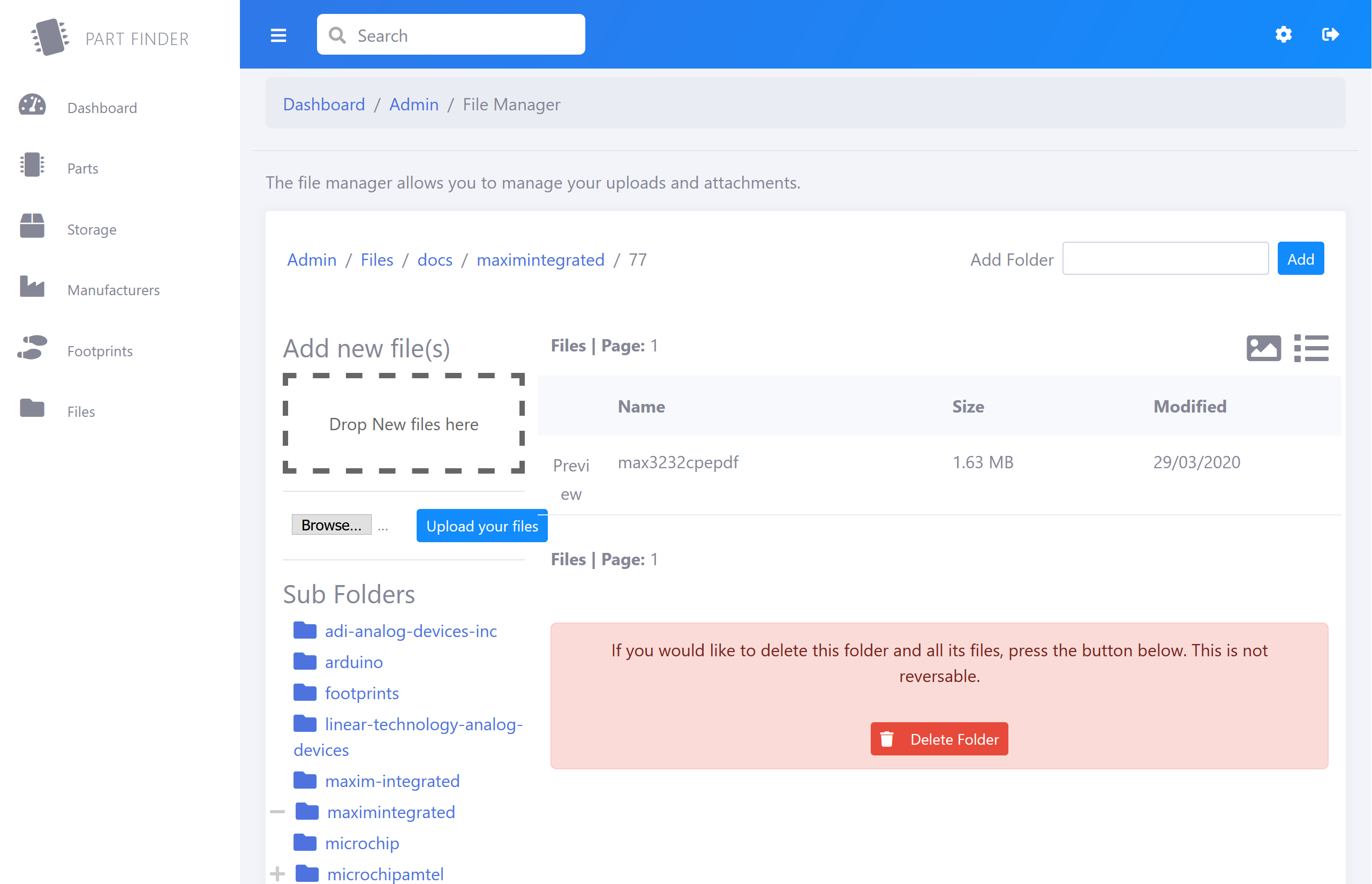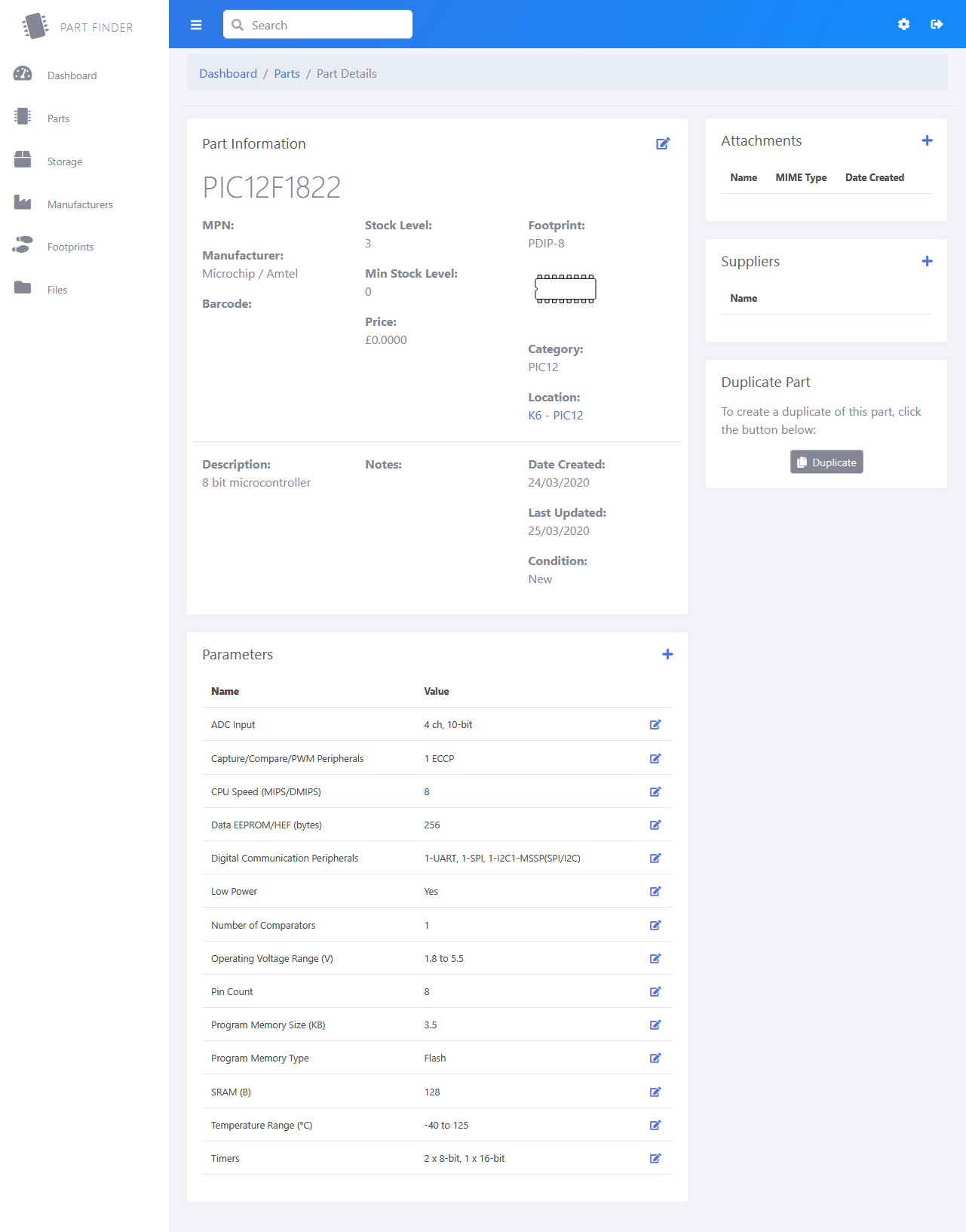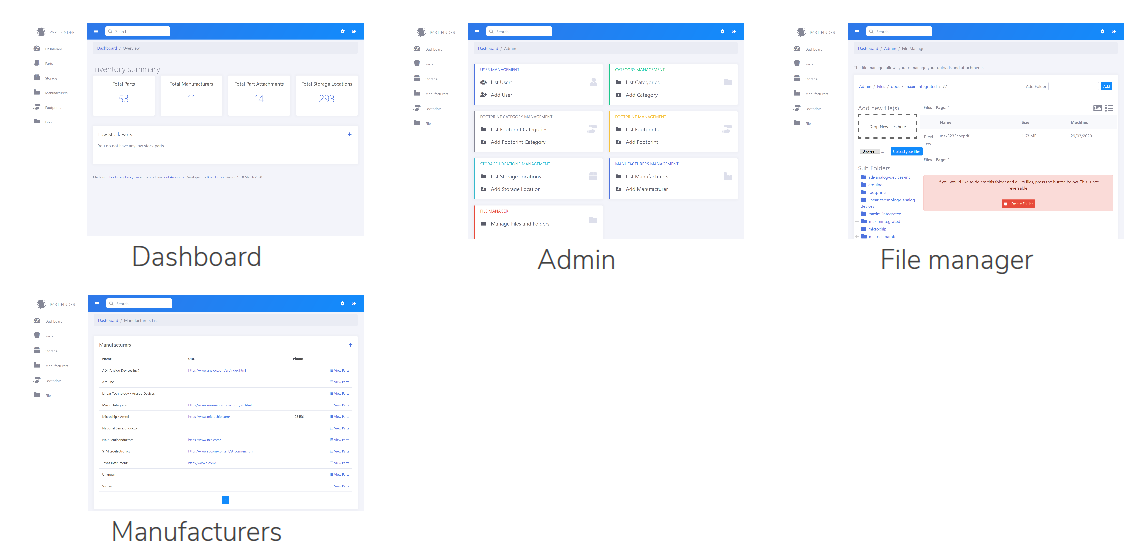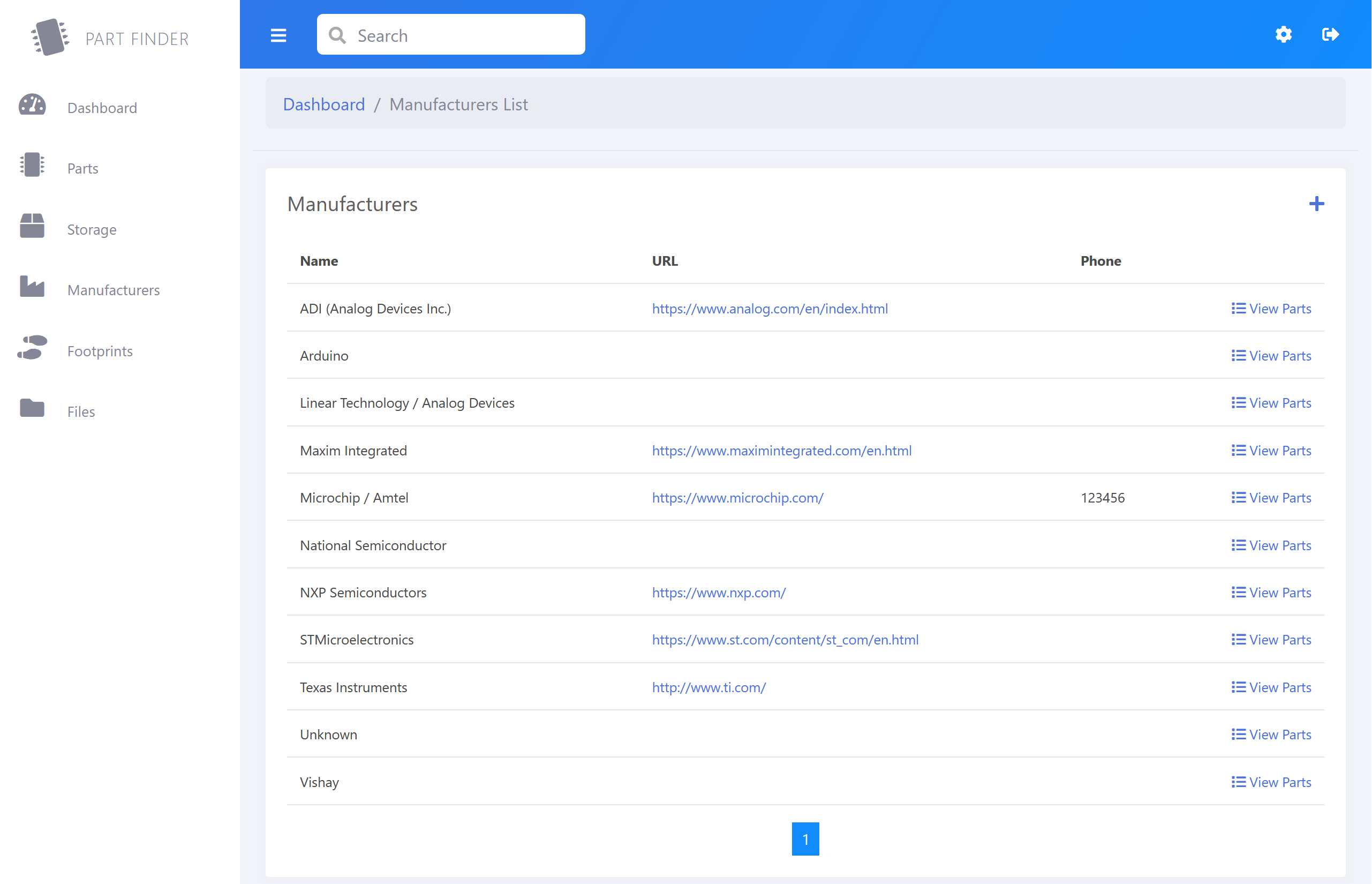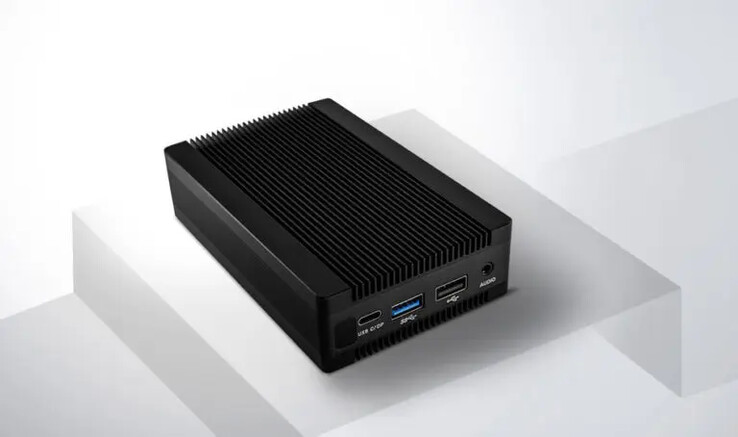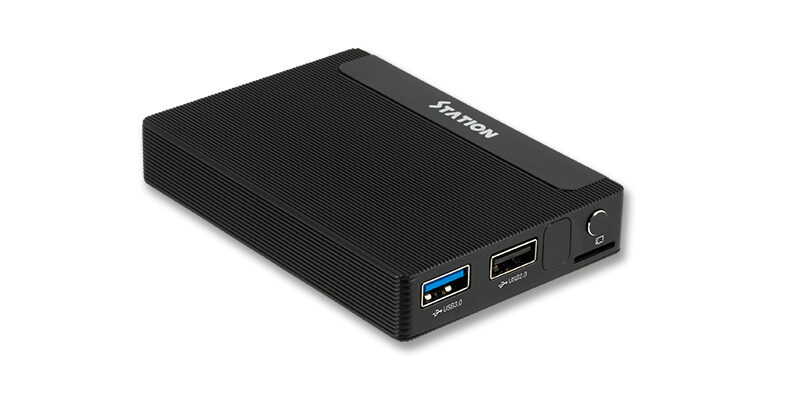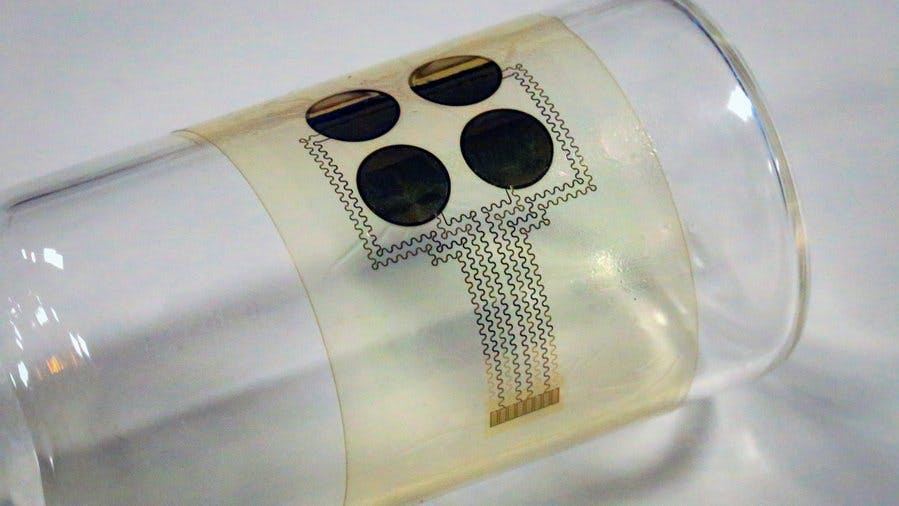Axiomtek – a world-renowned leader relentlessly devoted in the research, development and manufacture of series of innovative and reliable industrial computer products of high efficiency – is pleased to announce the AIE100-903-FL-NX, its ultra-compact and state-of-the-art edge AI system. The high-performance AIE100-903-FL-NX is powered by the NVIDIA® Jetson™ Xavier™ NX module which has a powerful 6-core NVIDIA® Carmel ARM® v8.2 64-bit processor and 384-core NVIDIA® Volta™ GPU architecture with 48 Tensor cores; in addition, it integrates Allxon Device Management Solutions (Allxon DMS) to provide a cost-effective and simplified device management solution with comprehensive remote management capabilities. The AIE100-903-FL-NX is ideal for smart city, smart manufacturing, smart retail, and other intelligent edge AI applications.
“The AIE100-903-FL-NX is a waterproof, fanless NVIDIA-based AI edge inference system designed for AI computing and deep learning applications, such as behavior analytics, face recognition and vehicle analysis. Due to its rugged design, the ultra-compact edge computing device can operate in harsh environments with a wide range of temperatures from -30°C to +50°C and can withstand vibration up to 3 Grms. In addition, it offers an optional waterproof IP42-rated cover kit for enhanced protection in semi-outdoor environments,” said Annie Fu, the product manager of Product PM Division at Axiomtek. “Besides the outstanding hardware solutions, the AI-powered AIE100-903-FL-NX is integrated with cloud-based Allxon DMS to provide remote management for convenient real-time control on devices. Allxon DMS offers rapid deployment and integration on multiple operating systems, reduces system downtime and maintenance costs, and further provides a wide breadth of centralized cloud device management. This industrial edge AI system is the best choice to simplify the large-scale deployment of AIoT platforms.”
The AIE100-903-FL-NX offers support for NVIDIA® JetPack 4.4 for ease of development in AI computing and deep learning applications. It has abundant I/O connectivity, including one USB 3.1 Gen2 port, one USB 2.0 port, one Micro USB port, one GbE LAN port, one GbE PoE port and one HDMI 2.0 port supporting 4K2K. It also has one recovery switch, one reset button, one power button, one 12V DC power input and two SMA-type antenna openings. Users can use the recovery switch and Micro USB to easily flash the image without opening the chassis. The AIE100-903-FL-NX has a 16GB eMMC onboard and is equipped with one M.2 Key M 2280 SSD slot with PCIe x4 NVMe and one Micro SD slot for real-time massive workload processing at the edge. Furthermore, the AIE100-903-FL-NX has one full-size PCIe Mini Card slot supporting USB and PCIe signal and one SIM slot for 3G/4G, GPS, Wi-Fi and Bluetooth connections.
Advanced Features:
- NVIDIA® Jetson™ Xavier™ NX with Volta™ GPU architecture with 384 NVIDIA CUDA® cores
- High AI computing performance for GPU-accelerated processing
- Ideal for edge AI smart city applications
- Supports one 15W GbE PoE for a camera
- Wide operating temperature settings ranging from -30°C to +50°C
- Supports NVIDIA® JetPack 4.4
- Supports Allxon Device Management Solutions (Allxon DMS)
Axiomtek’s AI-powered AIE100-903-FL-NX is now available for purchase. For more product information or customization services, please visit our global website at www.axiomtek.com or contact one of our sales representatives at info@axiomtek.com.tw.



